If you’re on social media, you’ve probably come across shots of beautiful looking dishes, decorated with flowers. Perhaps you’ve attended one of our Nectar experiences and had a go at using edible flowers yourself. We eat with our eyes and these beauties make our plates more aesthetically pleasing, don’t they? Although it might seem like a new fad, eating flowers has a long history. Let us take you on a little trip through the culinary history of edible flowers then and now.
The history of edible flowers
The culinary use of flowers has existed in almost all ancient cultures. The Romans used violets and roses as purees and in omelettes to give more flavour. The South American Aztecs and Mayans frequently cooked with edible flowers. The Chinese used edible flowers for their medicinal qualities to improve health. Also during Victorian times, culinary activities often involved the use of edible flowers. It was only with the industrialisation of our food systems that it became less common to use flowers in the kitchen. Edible flowers were difficult to commercialise for industrial production, if not impossible. Therefore they vanished from our diets during the 20th century. But, not for long.

The revival of edible flowers in the age of social media
The rise of the edible flower in Western culture started with innovative chefs garnishing their creations with edible petals. With the emergence of the internet and widespread popularity of social media, the trend caught steam. We recognised the visual appeal of edible flowers very quickly. Using flowers while cooking or baking in particular became very popular.The ways in which the flowers are used are endless and one can get unbelievably creative with incorporating flowers in the dishes and food items of today’s world. They are used as garnishes, but also blent into sauces, cookies, chocolate, you name it.
Did you ever make an original creation in the kitchen with flowers? Let us know!
Written by Elise Coudré and edited by Jashan Sippy.
We work with ethical honey producers and source local honey for our partner events and experiences.
Let’s grab a (virtual) spoonful of honey and discuss how we can work with you. Contact us.

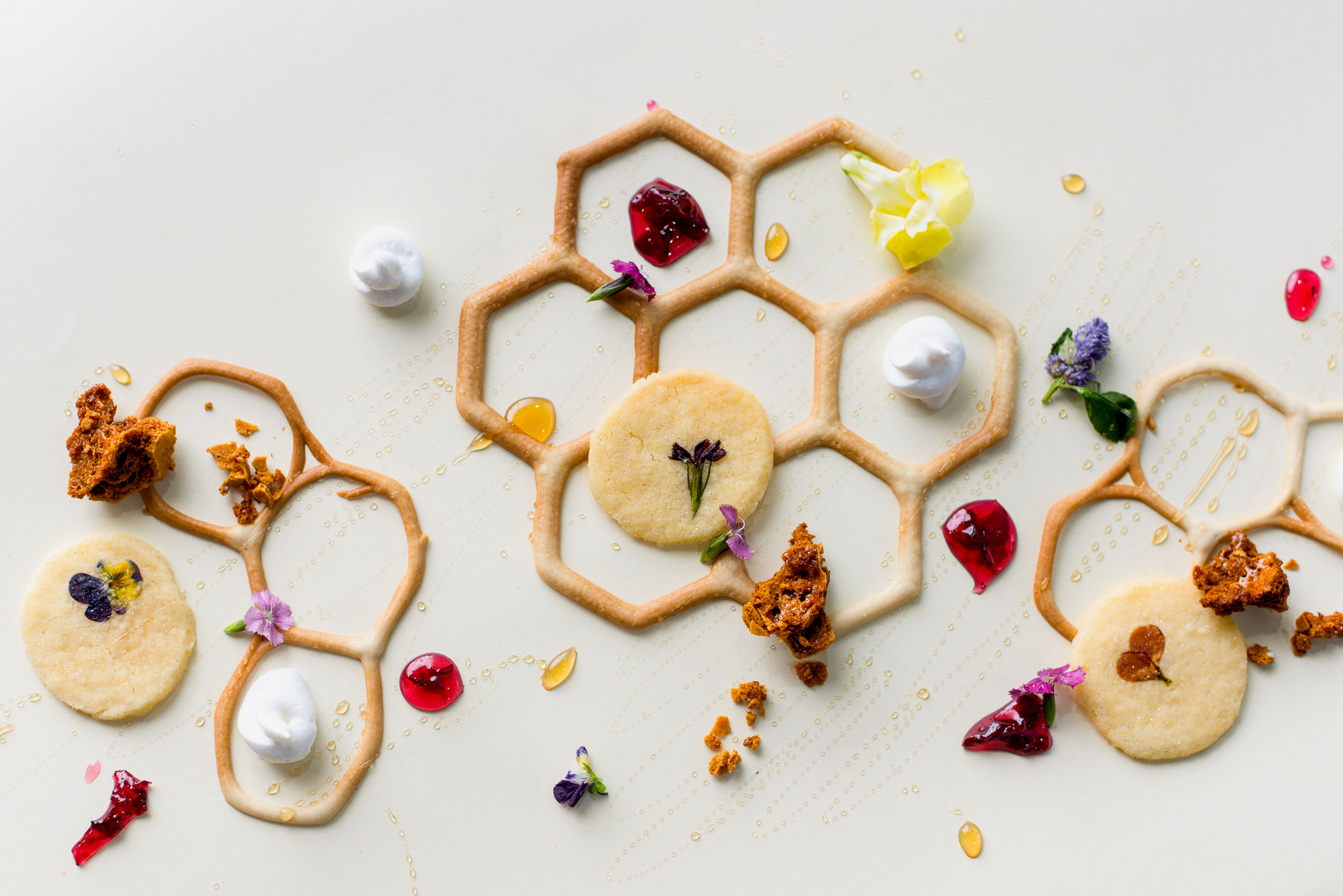
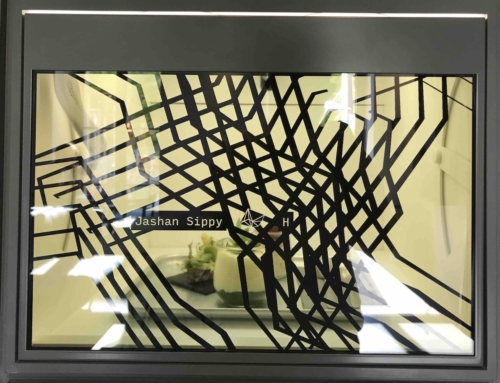
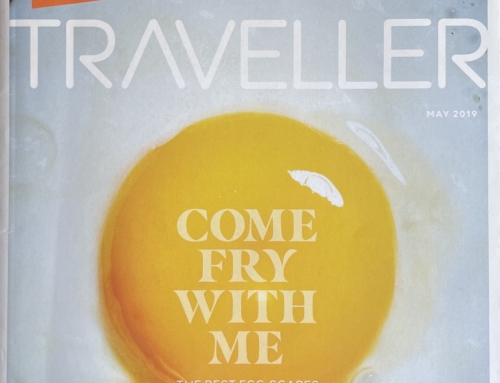
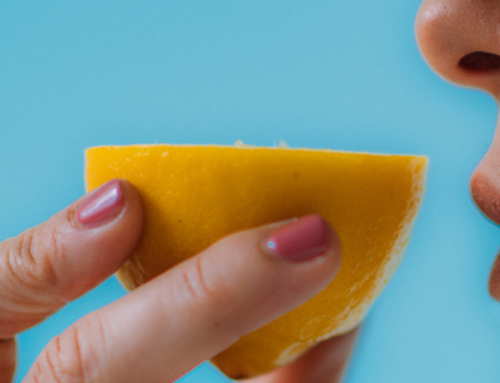
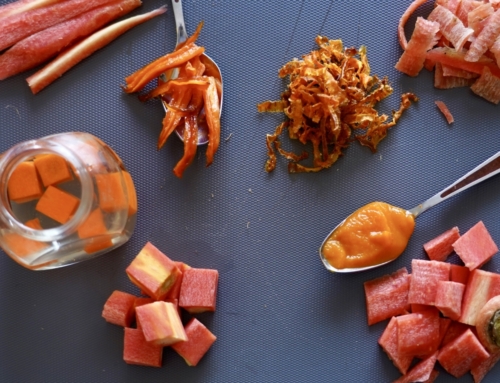

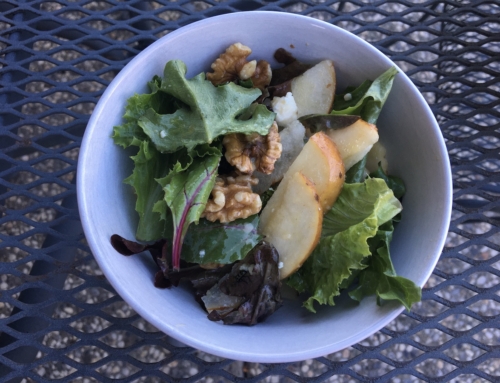
Leave A Comment